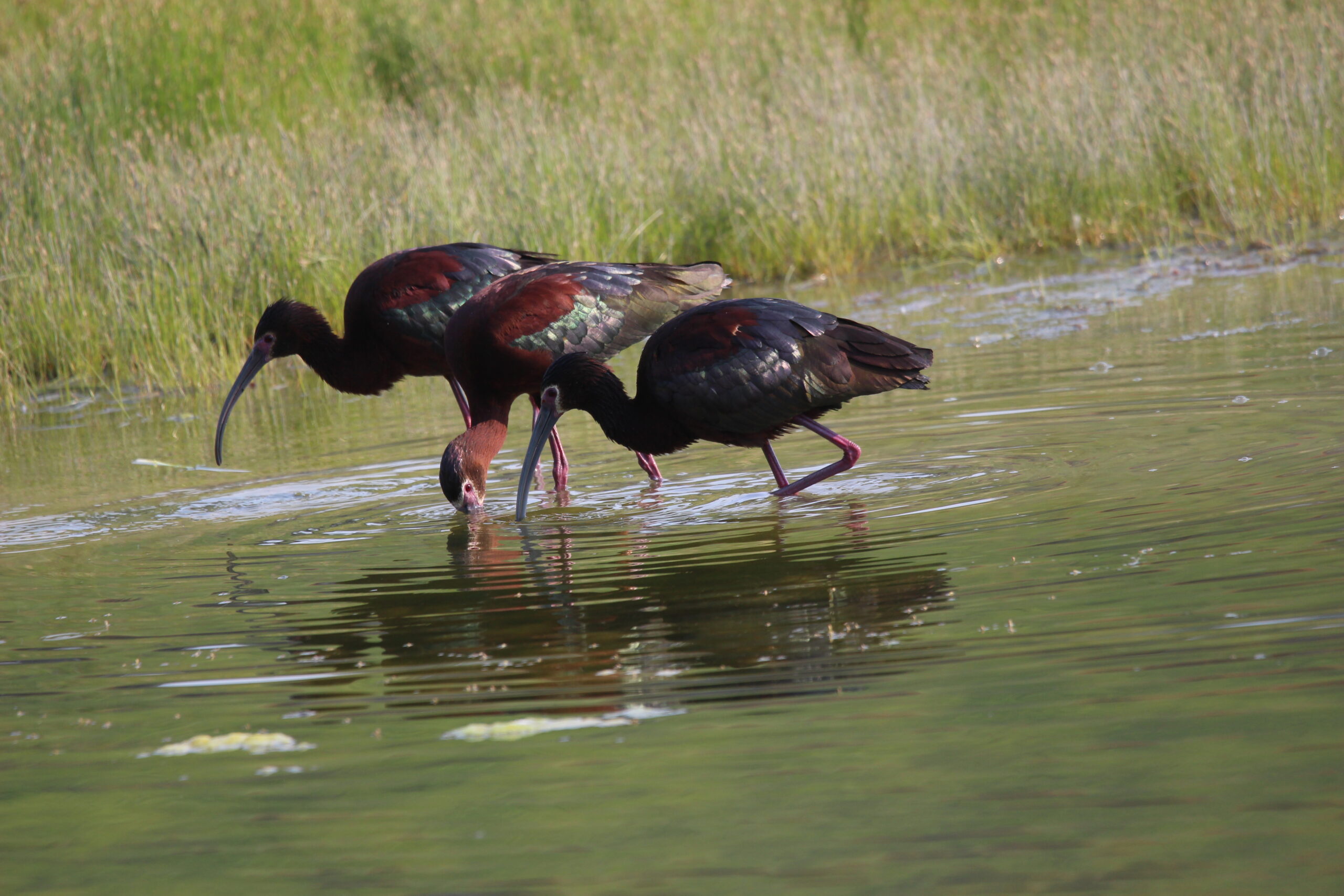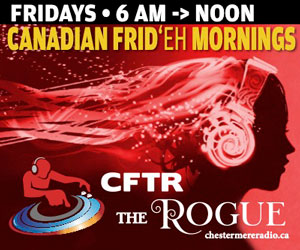Sparkling wines have long been associated with special occasions. Birthdays? Check. Weddings? Most definitely. Divorce parties? Even more so.
Novice boozers will often use Champagne as a catch-all term for any sparkling wine, but there is much more variety in the sparkly segment of the wine market.
Much like Scotch has to come from Scotland, and Port has to come from Portugal, Champagne is also a protected term, and refers exclusively to wines made in a specific region of France, with very specific grape varietals, using very specific winemaking processes.
While Champagne may have the best reputation, it only accounts for around 15% of global sparkling wine sales, so there are plenty of choices for your next celebration.
While I do enjoy Champagne, I don’t enjoy the high prices, so my favourite French sparkler is Crémant de Bourgogne, made using the same methods as the more famous Champagne, but from grapes grown in the Burgundy region instead of in the Champagne region. Without the name-recognition of Champagne, the sparkling Crémant de Bourgogne wines are every bit as good, but usually half the price.
The Spanish make a sparkling wine called Cava, using the same production methods as Champagne, but substituting native Spanish grapes such as Macabeu and Parellada, instead of the typical Chardonnay grapes used in France.
I toured the wineries of Spain a few years back, and the sparkling Cava seemed to flow like water in the restaurants and sidewalk cafés of Barcelona, and tasted pretty much identical to the much pricier French Champagnes, which made me a lifelong fan.
The Italians are famous for Prosecco, a sparkling wine made from the Moscato grape that is perhaps best known for being significantly less expensive than Champagne, largely due to a more industrialized production process that performs the secondary fermentation in giant steel vats instead of in each individual bottle.
The market seems to have spoken, as Prosecco is now outselling Champagne on the world markets, and is seemingly a mandatory libation at bachelorette parties everywhere. Prosecco is typically a bit sweeter than Champagne, which makes it more approachable to the millennial class of boozers, and the bargain prices for Prosecco don’t hurt either.
Italy does produce more expensive sparkling wines in the traditional Champagne method, using secondary fermentation in the bottle, but Prosecco controls the bulk of the market, largely from its lower cost due to secondary fermentation in large steel vats instead of individual bottles.
Purists will claim that the traditional method used in France results in more complex flavour profiles due to extended contact with the spent yeast cells, with the smaller and creamier bubbles a sign of quality.
Unfortunately for the purists, there seem to be a lot more bachelorette parties buying Prosecco than the pricier Méthode Champenoise bottles of Italian sparklers, so that is where you will find the bulk of the market.
While the old world countries of France, Italy, and Spain still produce the most sparkling wine, there are a few new world upstarts giving them a run for their money.
Australia and California have been the biggest of the new world producers, but an unexpected challenger came charging over the Russian Steppes a few years back, rocketing past the Aussies and the Yankees.
Yes, you read that correctly. Russia is now producing oodles of sparkling wine, with most of the vines being grown on the shores of the Caspian and Black Seas.
The old collectivist production ideals seem to still be alive in Mother Russia, as they invented a brand new way to produce sparkling wine in huge quantities. Known as the Continuous Method, wine is circulated through a series of large fermentation tanks, where they undergo secondary fermentation, eventually exiting under pressure for bottling.
In the interests of harm reduction, the Russian government is trying to get their citizens to switch from guzzling copious amounts of cheap vodka to guzzling copious amounts of cheap sparkling wine, and this large-scale production of bubbly is the way they are going about it. As might be expected by a wine industry in its infancy, the quality is still somewhat lacking, so do not expect to see much Russian bubbly on the shelves of your local booze merchant anytime soon.
For your next special occasion, look past those bottles of Champagne at your local bottle shop for another sparkling wine, and let the bubbles carry you off to cloud nine.





